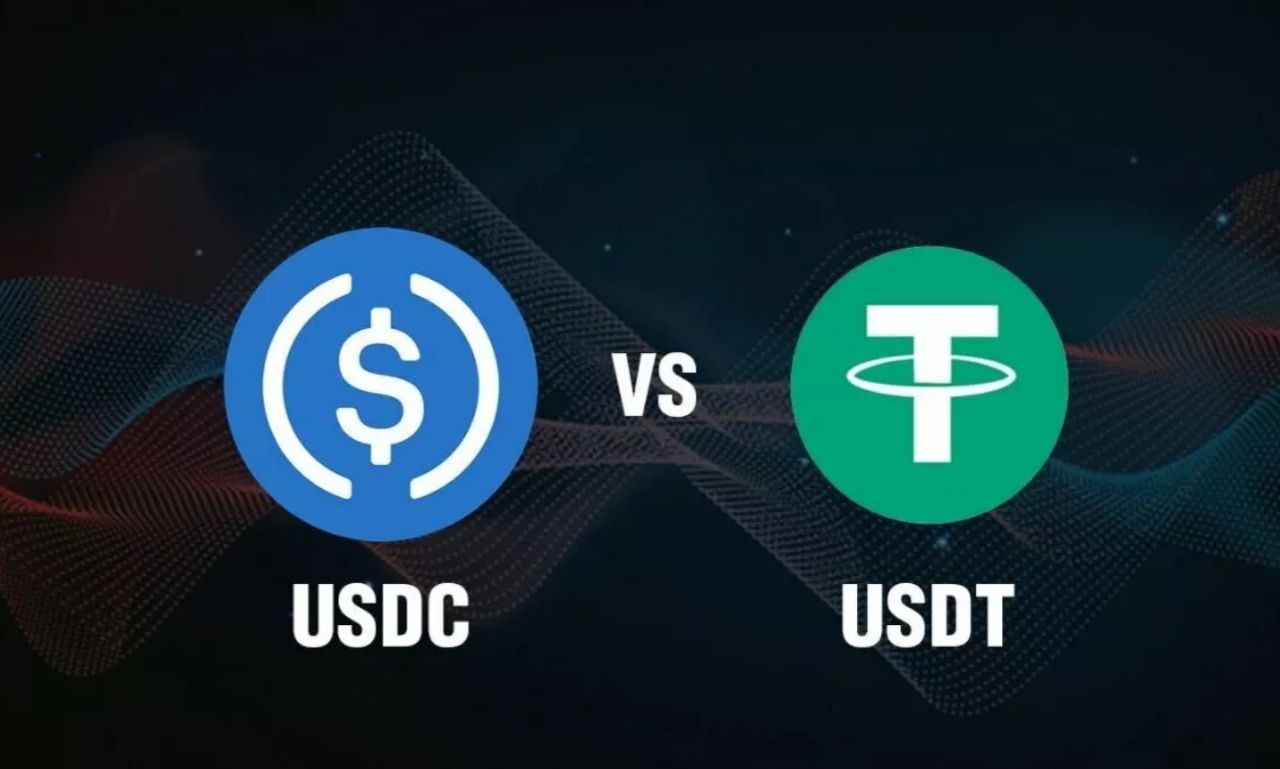Circle, the company that issues USDC stablecoins, was dealt a significant blow earlier this month when the Silicon Valley Bank (SVB) went bankrupt.
SVB was Circle’s primary banking partner, and that partnership’s failure resulted in significant withdrawals of the USDC stablecoin.
The USDC stablecoin at one point lost its USD peg, which caused more concerns; however, it quickly regained it after a short period of time. Although concerns regarding USDC’s exposure to Silicon Valley Bank (SVB) appear to have abated for the time being, the stablecoin is nonetheless suffering from significant capital flight.
Since the 10th of March, the total amount of net withdrawals from the USDC stablecoin has already exceeded more than $10 billion.
The market capitalization of USDC has decreased by more than 23 percent in the past month, falling from over $44 billion to its current level of $33 billion.
Throughout the course of the past week, investors redeemed USDC worth $1.5 billion, which is more than the amount that was issued. Meanwhile, on Tuesday, the bankrupt cryptocurrency lender Voyager Digital redeemed a total of $150 million.
A significant challenge for the stablecoins industry has been posed by the unpredictability of the banking industry, as well as the increasing intensity of regulatory monitoring.
This month, the legal action taken against Paxos Standard also required the stablecoin offered by Binance, known as BUSD, to be removed from circulation.
Despite its current market capitalization of $33 billion, USDC remains the second-largest stablecoin in the cryptocurrency industry. Circle has made it clear that the value of the token is backed by cash reserves held at several institutions in the United States as well as short-term government bonds.
Following the failure of its banking partner SVB, Circle has transferred a significant percentage of its cash holdings to BNY Mellon, the world’s largest custodian.
The issuer of USDC stated that it had maintained a restricted amount of funds with a few of its other partners.
It would appear that Circle, which issues USDC, is currently struggling to survive in the market.
Increase in Tether’s Level of Dominance
As the month progressed and the event took place, the native stablecoin of Tether, USDT, emerged as the primary benefactor of it.
The most dominant stablecoin in the world continued to extend its hold on the market, driving prices to their highest point in the past 22 months since May 2021.
The most extensively utilized stablecoin to settle trades on cryptocurrency exchanges is USDT, which is also the most important component of the crypto infrastructure.
Yet, USDT issuer Tether has been under investigation over the years for the lack of transparency in its operations and the reserve assets it holds.
During the course of the past month, the market capitalization of Tether USDT has increased by more than 12 percent, and it is now very near to hitting $80 billion.
Tether has already captured more than 60 percent of the stablecoin market, which is currently valued at 132 billion dollars.
Tether’s price increase can be partially attributed to the outflows of USDC funds and the decline of the BUSD stablecoin.
Jeremy Allaire, the chief executive of Circle, tweeted (1) the following in an attempt to poke fun at Tether’s growing dominance:
“Ironically, the participants that have held the best position with U.S. legislation and U.S. banking systems engineering are regarded “unsafe,” with concerns that assets might be stuck. Market players are changing into systems with no supervision, completely opaque lender and risk exposure levels, and records of lax economic risk and integrity controls.”
On the other hand, Tether CTO Paolo Ardoino stated (1) to CNBC not long ago that USDT has reserves that are greater than $1.6 billion.
